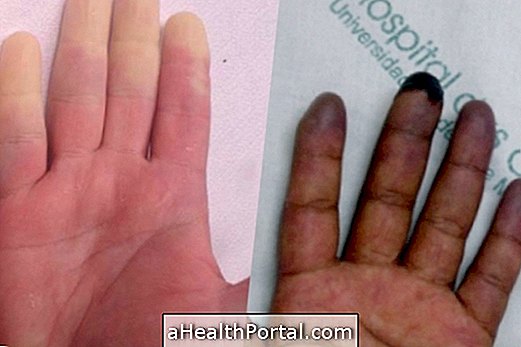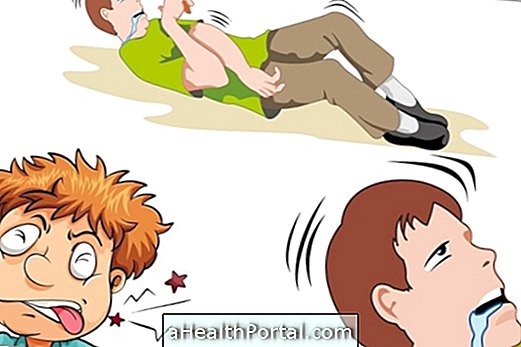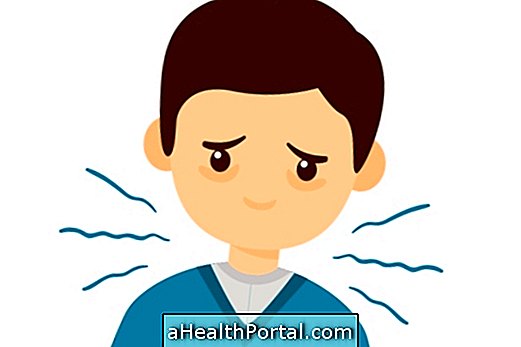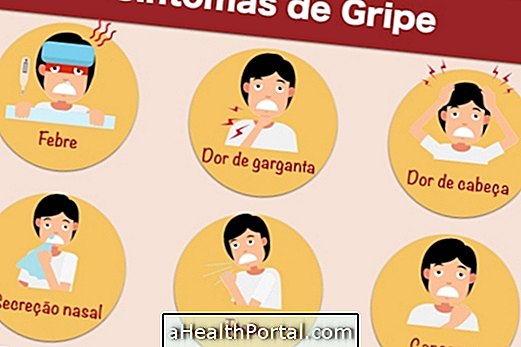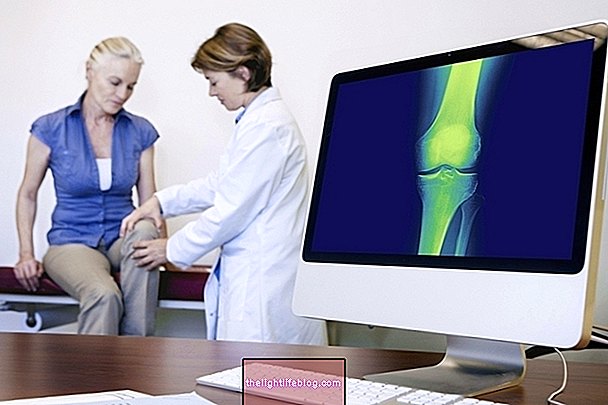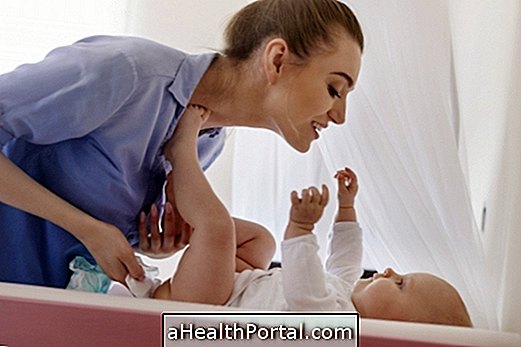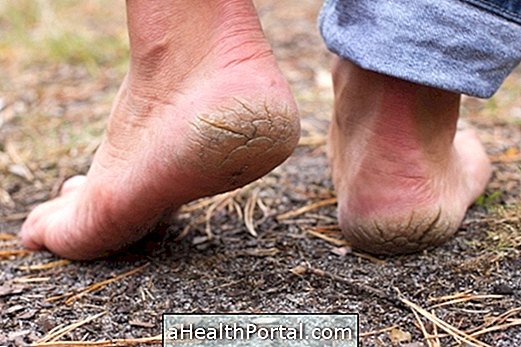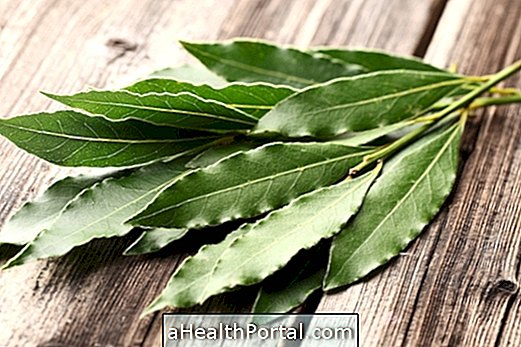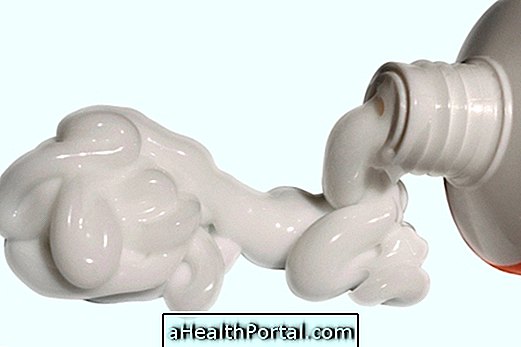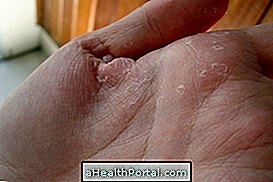Generally, when a person says that they have pain in the lung, it means that they have a pain in the region of the chest, because the lung has almost no pain receptors. Thus, although pain is sometimes related to problems in the lungs, this pain can be caused by problems with other organs or even with muscles or joints.
Chest pains that may be related to lung problems are:
1. Pleurisia
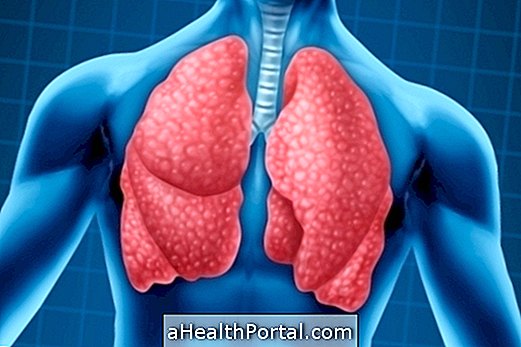
Also known as pleuritis, it is characterized by inflammation of the pleura, which is the lining of the lungs and the inside of the chest, which can cause symptoms such as pain in the chest and ribs, coughing, and difficulty breathing.
This problem usually arises due to the accumulation of fluid between the two layers of the pleura, being more frequent in people with respiratory problems, such as influenza, pneumonia or pulmonary infections.
What to do
Usually the treatment depends on the cause that causes pleurisy, but the symptoms can be alleviated with anti-inflammatories like ibuprofen, for example. Learn more about pleurisy treatment.
2. Infection

Infections in the lung such as tuberculosis, pneumonia, fungal infection can also cause chest pain, with symptoms such as difficulty breathing, excessive mucus production, cough with or without blood, fever, chills and night sweats.
What to do
If you suspect lung infection, you should go to the doctor immediately to prevent the problem from getting worse. Treatment is usually given with administration of antibiotics.
3. Asthma

Asthma is a chronic lung disease that causes irritation and inflammation of the airways and in an attack situation, it can cause chest pain, wheezing, shortness of breath and coughing. Understand what asthma is.
What to do
Usually the treatment of asthma is done with corticoids and bronchodilators, which are generally used for life. In addition, there are other ways to prevent attacks such as not having pets indoors, keeping the house clean, avoiding rugs and curtains, and staying away from smokers. Learn more about treatment.
4. Pulmonary embolism

Also known as pulmonary thrombosis, it is characterized by the clogging of a blood vessel of the lung, due to a clot, which prevents the passage of blood, causing progressive death of the affected region, resulting in pain when breathing and shortness of breath. In addition, the amount of oxygen in the blood decreases, which causes the organs of the body to be affected by the lack of oxygen.
What to do
The person suffering from pulmonary embolism should be treated urgently and the treatment usually consists of the administration of injectable anticoagulants, such as heparin, for example that will help dissolve the clot, so that the blood circulates again. In addition, it may also be necessary to take painkillers to relieve chest pain. Learn more about treatment for pulmonary embolism.
5. Pulmonary attelectasis

Pulmonary atelectasis is characterized by a respiratory complication that prevents the passage of air necessary due to a collapse of the pulmonary alveoli, which usually occurs due to cystic fibrosis or lung tumors and lesions.
This condition can cause shortness of breath, persistent coughing and constant chest pain. Learn more about pulmonary atelectasis.
What to do
Treatment depends on the cause of pulmonary atelectasis and in more severe cases it may be necessary to have surgery to clear the airways or even remove the affected region of the lung.
6. Anxiety

In situations of anxiety or panic attacks, some people may experience chest pain because they breathe more quickly, which can lead to an imbalance between the amount of oxygen and carbon dioxide, and dizziness, headache and difficulties concentration.
What to do
The best thing to do in these situations is to look for a therapist who will help the person to solve anxiety problems or a doctor who can prescribe soothing remedies. Learn more about treatment.
7. Cancer

Lung cancer can cause chest pain and may be associated with coughing up blood, decreased appetite, weight loss, shortness of breath, back pain and extreme tiredness. Learn more about the symptoms of lung cancer.
What to do
Treatment depends on the stage of the cancer and usually consists of chemotherapy, radiation therapy and / or surgery.

